|
Monotropa uniflora emits a glow, and can appear almost bioluminescent on the shady forest floor. Once thought to be a saprophyte, it is now known to have a fungi living in its roots. The fungi extend through the rotting leaves and detritus to the roots of the conifers (Douglas-fir in this case) where it is in a mycorrhizal relationship. The Douglas-fir roots provide glucose that the fungi transports back to the Indian Pipe. The fungus also provides phosphorus, nitrogen and other minerals to both the conifer and the Indian Pipe. The Indian Pipe has an epiparasitic or better yet, a mycoheterotrophic relationship with the fungi. It ranges across most of North America where there are shady, moist coniferous forests. American poet Emily Dickinson called the Indian Pipe, "the preferred flower of life". She describes in a letter that she: "still cherishes the clutch with which I bore it from the ground when a wandering child, and unearthly booty, and maturity only enhances the mystery, never decreases it." 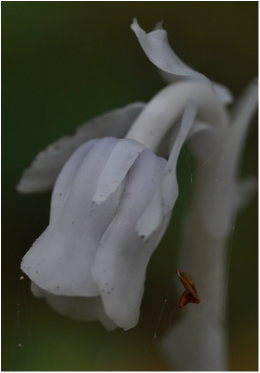 Indian-Pipe by Florence Earl Coates In the heart of the forest arising, Slim, ghostly, and fair, Ethereal offspring of moisture, Of earth and of air; With slender stems anchored together Where first they uncurl, Each tipped with its exquisite lily Of mother-of-pearl; Mid the pine-needles, closely enwoven Its roots to embale,-- The Indian-pipe of the woodland, Thrice lovely and frail! Is this but an earth-springing fungus-- This darling of Fate Which out of the mouldering darkness Such light can create? Or is it the spirit of Beauty, Here drawn by love's lure To give to the forest a something Unearthy and pure: To crystallize dewdrop and balsam And dryad-lisped words And starbeam and moonrise and rapture And song of wild birds?
0 Comments
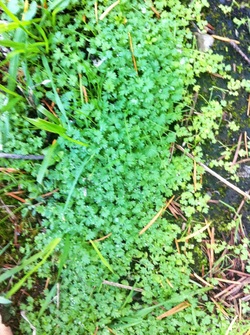 Western Parsely-Piert (Aphanes occidentalis) is an easily overlooked plant here at Leaning Oaks. It forms a low flat mat on the edges of paths, cracks in the driveway and in flower beds that perhaps I am not weeding as often as I should. The leaves are deeply lobed and covered in soft hairs. The flowers are in clusters and are small, greenish-yellow and without petals. They are hidden in the dense leaf-like stipules- all in all, easily overlooked. It is a member of the Rose Family. This genus is closely related to Ladies Mantle (Alchimella). There are three species of Aphanes in BC. This one is native, the other two are introduced. Small-flowered Alumroot (Heuchera micrantha var. diversifolia ) is a member of the Saxifrage family and is a common species growing on shallow soiled rock outcrops and cliff faces at Leaning Oaks. The leaves range from unmarked to intricately patterned with red veining. Flowers are tiny and white and in racemes. Another commonly used name is `Crevice Alumroot` Several named forms with purple or red leaves are available in cultivation (cultivars such as ``Palace Purple` and `Molten Fire`) and the species has been used extensively in hybridization programs to develop Heucheras for the garden. As one might guess from the name, the root is extremely astringent.
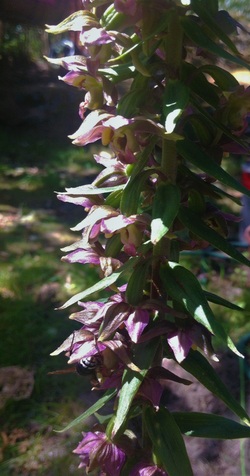 Most people seemed to be surprized that there is such a thing as a "weedy" orchid, but there is. Epipactis helleborine is a introduced plant that is most often found in dry, shady areas. It is often overlooked, and usually not very showy. However, this plant, a seedling that popped up in one of the herb gardens, was recieving additional water from our drip irrigation system - and produced a 0.8 m spike of green and purplish-red flowers. They are insect pollinated plants, most often wasps and bees (you can see the back end of a Bald-faced Hornet on the lower right hand side of the flower spike). This species has an enormous range, it is native from Portugal to China and has been widely introduced elsewhere. Not surprisingly there are a number of subspecies and described forms. Nectar of this species apparently contains small quantities of Oxycodone and another opiod compound. Like most orchids the seeds are tiny, and it is estimated that a single Helleborine can produce up to a million seeds. 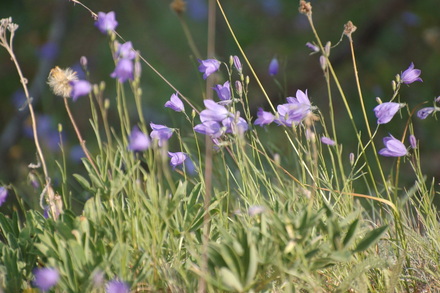 Sometimes I think the taxonomists that name species look for the most obscure character to use to coin a name. The ring on the neck of a Ring-necked Duck is possibly the least visible plumage character on that species and the "rotundifolia" on this species (Campanula rotundifolia ) refers to a few basal leaves that often dry up and wither away before the plant flowers. The Common Harebell at Leaning Oaks are escapees from a few plants put into the garden almost 20 years ago. The species persists, not only in the bed that it was originally planted, but also in the lawn, cracks in pavement and between the stones that edge parts of the garden. Common Harebell is native to our part of the world, but for the most part, it is found at higher elevations than Leaning Oaks. The flowering season here seems varies a lot. In most years the floral display lasts for a long time from June until August or September..this year however it was over in a flash, another casualty of an exceptionally hot, dry summer. Hopefull next spring it will reappear. "Hope is like a harebell trembling from its birth, Love is like a rose the joy of all the earth, Faith is like a lily lifted high and white." Christina Georgina Rossitti.  This is the first year that we found a tiger lily on Leaning Oaks--and this is it. One lone stem with a single flower. Lilium columbianum can have up to 30 flowers per stem. It ranges from B.C. to northern California and is commonly found in damp open woodlands and meadows from sea level to subalpine and prefers well drained sandy soils. This surprise was under a tangle of ocean spray, Garry Oak and grasses in a rather rocky area. The bulb that tiger lilies grow from is a white fleshy corm that has sections or scales sort of like a garlic bulb. The bulb is edible and was steamed, baked, mashed, boiled, eaten on its own, mashed with salmon roe, put in soups, dried in cakes and then used as seasonings; a lot of ways. I think that this corm is safe here. Mostly I was very excited as it meant that there was another easy showy flower to highlight after I thought that we done them all and that there was a few days reprieve from having to ID the six jillion grass species that are out there! 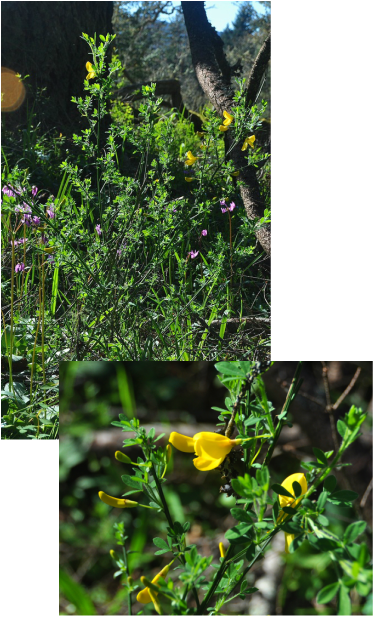 Aack! Unbelievable! Rant, grumble, curse, stomp, stomp, pull, curse. How can there still be bloom sized broom anywhere on the property, let alone within easy sight of a main trail? When we arrived at Leaning Oaks 17 years ago, we faced a meadow of broom, thick and tall and blooming. What has ensued has been a non-stop (well, except when I did a severe back thing while pulling) commitment to annihilation of Cytisus scoparius. We have seen tangible results - the meadow wildflowers are much thicker and widespread without the shading and space-sucking broom. It has been SO rewarding to see these increase over the years. There are reasons that it is so pervasive. The green, photosynthesizing stems enable the plants to continue happily along despite leaf loss due to drought or herbivory. Each plant can disperse an average of 18 000 seeds and these seeds can live in the ground for up to 30 years after being spectacularly catapulted up to five metres away from the plant. I have seen figures like 42,000 seeds and 60 years, but there is a tendency for hyperbole when it comes to Scotch broom. Captain Walter Grant, a "homesick Scot" that lived in Sooke seems to get most of the blame for the introduction of this plant in 1851 from seeds that he picked up on the Sandwich Islands. It was the next owner of the property in 1853, Anne Muir, that apparently insisted that the three plants that had sprouted be kept as they reminded her of her home in Scotland. This plant that is now is found on much of the island and mainland to the Kootenays and south to California had multiple introductions. John Murray writes that when he arrived in Fort Victoria in 1849, there was at the base of Beacon Hill a "here and there growing luxuriantly, a bunch of broom". This introduction is attributed to Governor James Douglas and some seeds that he had picked up in Oregon. It is also thought that seeds arrived via the rocks and dirt that were used as ballast in ships. The ships would dump this load willy nilly and was a source of many plant introductions here and particularly on the east coast. The late 1800's were a great time for an invader that loved disturbed soil and freshly logged patches - this was happening all around southern Vancouver Island! Scotch broom was planted extensively along road ways, banks and below power lines for stabilization; it was perfect as it grows very quickly and is drought tolerant, spreads (duh) and the long roots do a great job of holding the soil. For a fabulous read on the human history of broom and the myriad of ways that broom, and other European seeds were easily available and the people behind the broom, "Glistening Patches of Gold" by Troy Lee. I could go on and on with the tidbits that I learned from this essay. 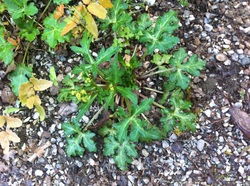 Pacific Sanicle ( Sanicula crassicaulis var. crassicaulis ) is a very common plant here at Leaning Oaks. It is a member of the Parsley Family (Apiaceae). Flowers are in small clusters, and are mixtures of bisexual and male only flowers. It is also called Pacific Black Snakeroot. Pacific Sancicle grows in dry woodlands, disturbed areas and the meadow here at Leaning Oaks. The seeds are borne in clusters and are covered in curving prickles which enable the seeds to stick well to socks and sweaters. 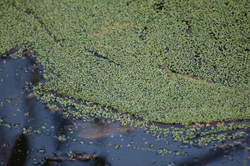 Common Duckweed (Lemna minor) grows on the surface of our pond often blanketing large areas by the end of the summer. It is a floating aquatic plant with 1-3 leaves and a root hanging down into the water. As the leaves grow, they split from one another and become separate plant. Duckweed leaves have aerenchyma which are air pockets that allow them to float. Flowers are tiny, and either we have been unobservant and missed them, or our population reproduces mainly by division. We didn't put Duckweed in our pond, they either hitchhiked in on the plants that we did buy, or arrived here courtesy of the ducks that visit the pond. Common Duckweed is one of four species of Lemnas that we have in British Columbia. Duckweed meal made from dried duckweed is sometimes used for cattle feed as it is high in protein. When grown commercially can be produced at the rate of 10-30 tons of dried duckweed/ha/year. I sometimes net out some of our duckweed in the summer to open up the pond - here we use it as a soil amendment in the garden. 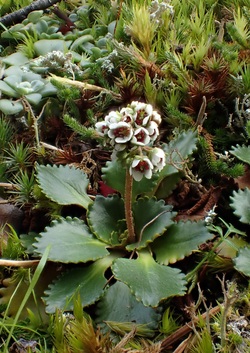 I learned this plant as Saxifraga occidentalis ssp rufidula, however a number of years ago S. occidentails was split into a number of species and this became S. rufidula, then even more recently the genus Saxifraga was split and this became Micranthes rufidula. Leah photographed this today, a very early flowering date for this species, again a testament to the very mild spring. It grows in seasonally moist moist areas, often in mossy seeps over bedrock on rock outcrops. Specimens growing on slighty deeper pockets of soil can be considerably larger that the one shown here. This plant, like many of the species found here at Leaning Oaks I first learned taking a course on plant ecology at the University of Victoria, taught by Dr. M.A.M. Bell. Marc is celebrating his 80th birthday today and we are dedicating this Species a Day to him.  Bull Thistle (Cirsium vulgare), sometimes called Sword Thistle, is a large biennial plant with a deep taproot and formidable spines. They were introduced to eastern North America in the 1800's and is native to Europe, North Africa and Western Asia. Here at Leaning Oaks it only grows in disturbed areas, such as the lawn, the edge of the vegetable garden or where a wind-thrown tree brings up mineral soil and lets the light in. We do try and get rid of them as soon as they come up--however this one had to stay until it flowered becasue we needed a photograph for "Species-A-Day"! In some jurisdictions they are on the noxious weed list for good reason. The large purple flowers are favourites of a variety of introduced and native bees and butterflies and the seed heads attract American Goldfinches and Pine Siskins. The stems are reportedly edible when peeled, but I admit I've never braved the armature to try them out. 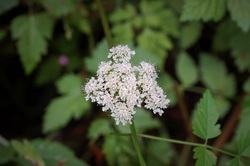 As you might guess from the name, Pacific Water-parsley grows in wet areas. Here it grows in the lowest portion of the property, along the road and the trail that borders two sides of Leaning Oaks. The latin name is Oenanthe sarmentosa. This is one of the genus names that is used for both a plant and an animal, in this case Oenanthe is used for a bird as well, the Wheatear. Oenanthe has the same root word as is used for Oenophile, meaning relating to wine, and a species of Oenanthe was used to flavour wines. (The bird name also references wine, since the arrival of Wheatears in Greece happens at the same time grapes are flowering). There is documentation of this species being both edible and medicinal, however, there are also references suggesting it is poisonous and warning agains its consumption. Given this, plus the fact it would be relatively easy to mistake several other deadly poisonous plants for this species it seems ill advised to try eating or self medicating with this plant. Another species of Oenanthe was the raw ingredient of a poison used to euthanize the elderly in ancient Sardonia. The effects of the poison resulted in a smiling grimace on the face of the victim - which is the origin of the phrase "Sardonic grin". 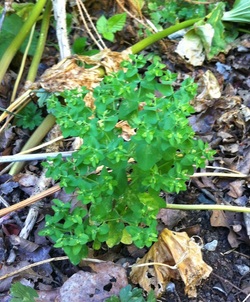 Petty Spurge is an introduced annual weed that is common at Leaning Oaks in cultivated areas, disturbed sites and gravelled paths. This plant (Euphorbia peplus) has a number of common names including Milkweed (which is terribly confusing since another genus entirely is also called Milkweed) and Cancer Weed. The name Cancer Weed is because the toxins in the milkly sap of this plant have an ingredient that has been shown to slow rapidly dividing cells down, and it has been used to treat cancerous lesions. The milky sap is also very bitter, and the plant doesn't seem to be consumed by either deer or rabbits here. Fortunately it is rather easily pulled or hoed out of the ground. 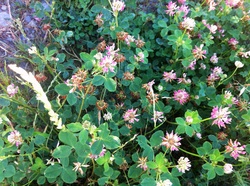 Alsike Clover (Trifolium hybridum) is a widely grown, non-native plant. It is used as a forage crop and is a common escapee on disturbed lands, road edges and lawns. Here at Leaning Oaks, it is found in our lawn, along with White Clover. Its latin name is based on Linneaus' mistaken impression that this is a hybrid of White Clover and Red Clover. The common name is also of Linneaus' doing, his type specimen came from the town of Alsike in Sweden. Hanging out around clovers is a great way to see lots of pollinators, particularly bumble bees. 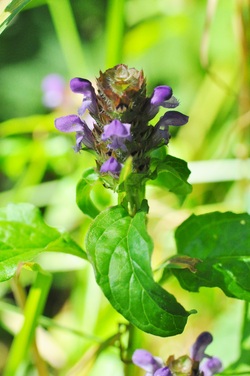 There are two subspecies of Prunella vulgaris found in our area. The native subspecies, Prunella vulgaris ssp. lanceolata is circumboreal and has more lancolate shaped leaves that are three times as long as wide, while the European introduction Prunella vulgaris ssp. vulgaris has leaves that are rounder and the length is about double the width. These were found in the disturbed ditch along the road. It doesn't really mater which you have; both are great for pollinators, bloom later than many other of the wild bloomers and both have a long list of medicinal uses. Self-heal is used for fever reduction, sore throats, heart and skin conditions, to stop itching, excessive menstruation and burns. References to the benefits of self-heal can be found in Chinese literature from over 2000 years ago where it is attributed with aiding liver and kidney problems. 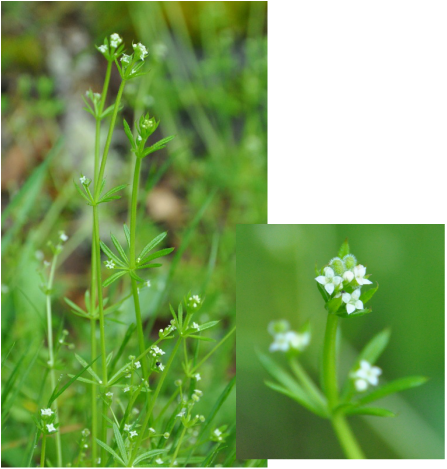 Sticky bedstraw, stickywilly, catchweed, grip grass, stickyweed, clivers, goosegrass or robin-run-the-hedge; it doesn't really matter what you call Galium aparine, this sticky, floppy plant can wend its way around other plants, through fences and be a bugger to get rid of. While green, the "stickiness" is caused by small hairs on the leaves that point backwards. Although considered edible (and the dried, ground seed pods apparently make a decent coffee substitute), I can't imaging eating something with those catchy hairs. I was curious about the origins of "robin-run-the-hedge" and it turns out that it refers to a character from an English tale of the early 15th century, Robin Goodfellow. This magician could change form and was a bit of a scoundrel, showing up everywhere including gardens and maidens beds. I was totally amazed to find out that this invasive is native! Thanks Marta for help in identifying this plant. There is a non-native species of Galium (Galium spurium ) that is similar and can be found on southern Vancouver Island. It's flowers are a bit smaller and the flowers are a greenish cream colour. 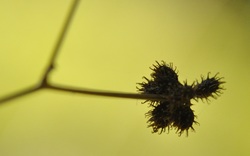 Biomimicry Here in silhouette are the dried seed pods, ready to snag on to any animal's fur or material and be dispersed! It was from these seeds that Swiss engineer, George De Mestral got the idea for what was to become Velcro. After a walk in the woods in 1948 and picking 100's of these cursed seeds off the dog and his clothing (examples below) he examined them under a microscope to see what was holding them on. The rest is history as they say. It took a lot of work to determine densities of hooks, the necessary rigidity as well as manufacturing methods--but it happened and in 1955 Velcro was patented; the word being a combination of velour and crochet. ** We had it pointed out to us (via @VictoriaNHS) by a biomimicry specialist (David Parr) that it really was burdock that was the original "Velcro" and not these guys! Both are in the literature -but if you do go to the actual Velcro site...it is burdock. And check out David's website; some really cool stuff http://www.biomimicron.com/ ** 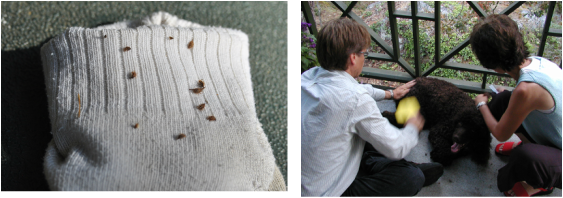 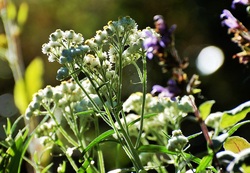 This week has given us a new appreciation for this plant and its role in our garden and the ecosystem. We have several clumps planted behind the bench by the pond and we were sitting on the bench after dinner when Leah grabbed her camera and started shooting insects visiting the white flowers. Dozens and dozens of insects has their faces buried in the centre of the Pearly Everlasting (Anaphalis margaritacea) flowers, including Carrot Wasps, Helictid bees, Bumble Bees, several species of beetles, flies, Paper Wasps, Potter Wasps, butterflies, the list went on and on....and the same the next time with yet more species being added. So, depending on our ability to identify this bounty, you can expect to see some photos of cool insects on the distinctive papery white flowers of this plant in future posts. Pearly Everlasting is in the daisy family, and its flowers are good "everlastings", easily cut and dried for bouquets. The white flowers gleam in a summers evening, and its easy to see why one of the other common names is Moonshine. Slender and delicate, Piperia transversa blooms after the basal leaves have died off. They are about 25 cm tall and grow in the dappled sunlight of the dry Douglas-fir forest. The flat-spurred orchid (another name that more accurately describes this species) doesn't bloom every year at Leaning Oaks so we were quite pleased with the number that popped up this year. The name "transversa" comes from the long spur that crosses the main stem....transversely! The close up shows this well. The similar orchid that is found in the area; P. elegans, doesn't have the green mid-line in the flowers, flattened spur or a scent.
The best part of this flower is the yummy vanilla and honey smell that gets stronger as the evening wears on. Although there was some discussion whether it was cloves or vanilla. I'm right. 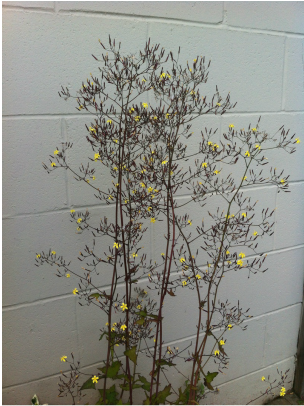 Wall lettuce (Mycelis muralis ) is an introduced annual, biennial or perennial herb often found in the garden, in cracks in rocks and in disturbed areas around Leaning Oaks. It is yet another yellow-flowered introduced weed in the garden, and like Dandelion, Hairy Cat's Ear and Sow Thistle, it is spread by wind borne seeds. It was formerly included in the genus Lactuca which includes the familar garden lettuce, and like those species has a milky sap. Nipplewort (Lapsana communis) is another alien species well established at Leaning Oaks. A common weed in the garden and along path edges it thrives in the light shade under our Garry Oaks. The plant starts it's growth as a basal rosette, but shoots up quickly in June and July produces yellow daisies on branches inflorescences. Several websites say the plants common name is from the similarity of the buds to human nipples. This, I think, is the result of botanists spending unhealthy amounts of time isolated from human companionship in remote locations.
An alternate explanation is that the plant was used to treat ulcers on nipples. This species is also used as a spring vegetable, although I have never tried it so I can't vouch for its palatability. |
AuthorsTwo biologists on a beautiful property armed with cameras, smart phones and a marginal knowledge of websites took up the challenge of documenting one species a day on that property. Join along! Posts and photographs by Leah Ramsay and David Fraser (unless otherwise stated); started January 1, 2014. Categories
All
Archives
May 2025
|
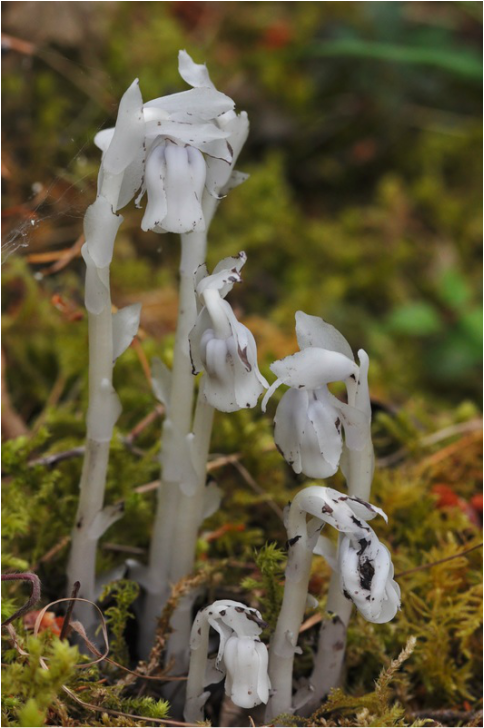
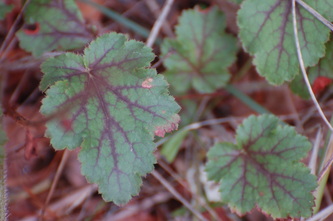
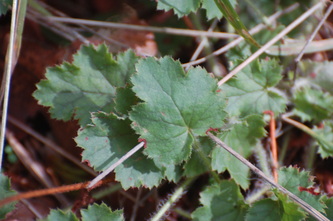
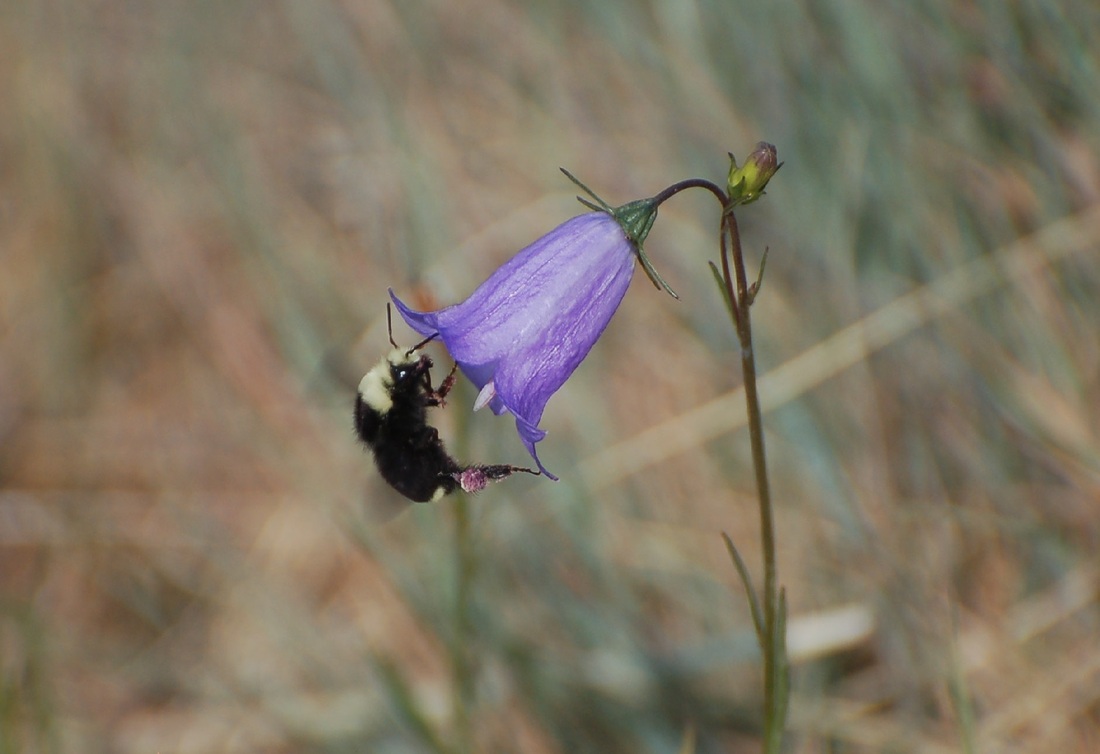
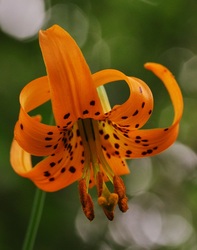
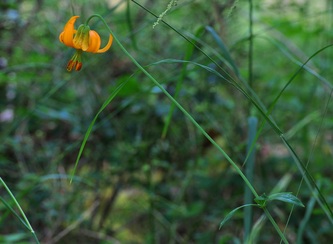
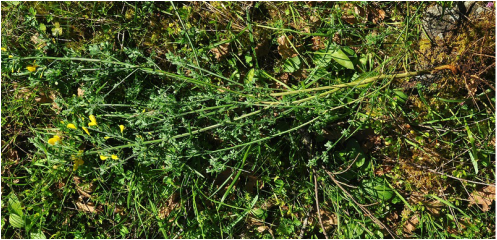
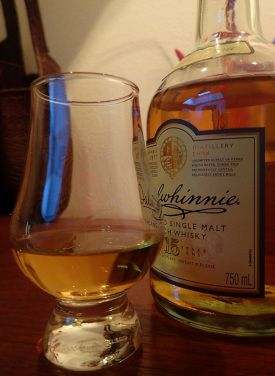
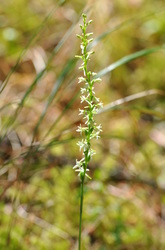
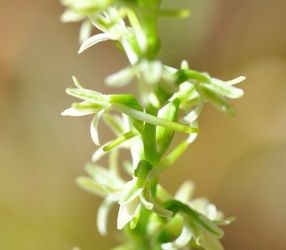
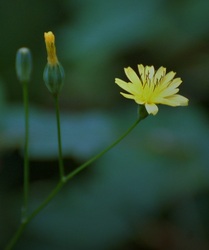
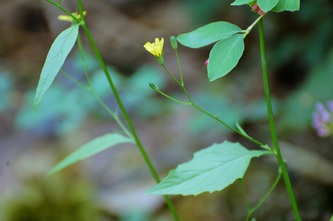
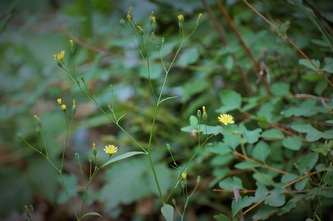
 RSS Feed
RSS Feed